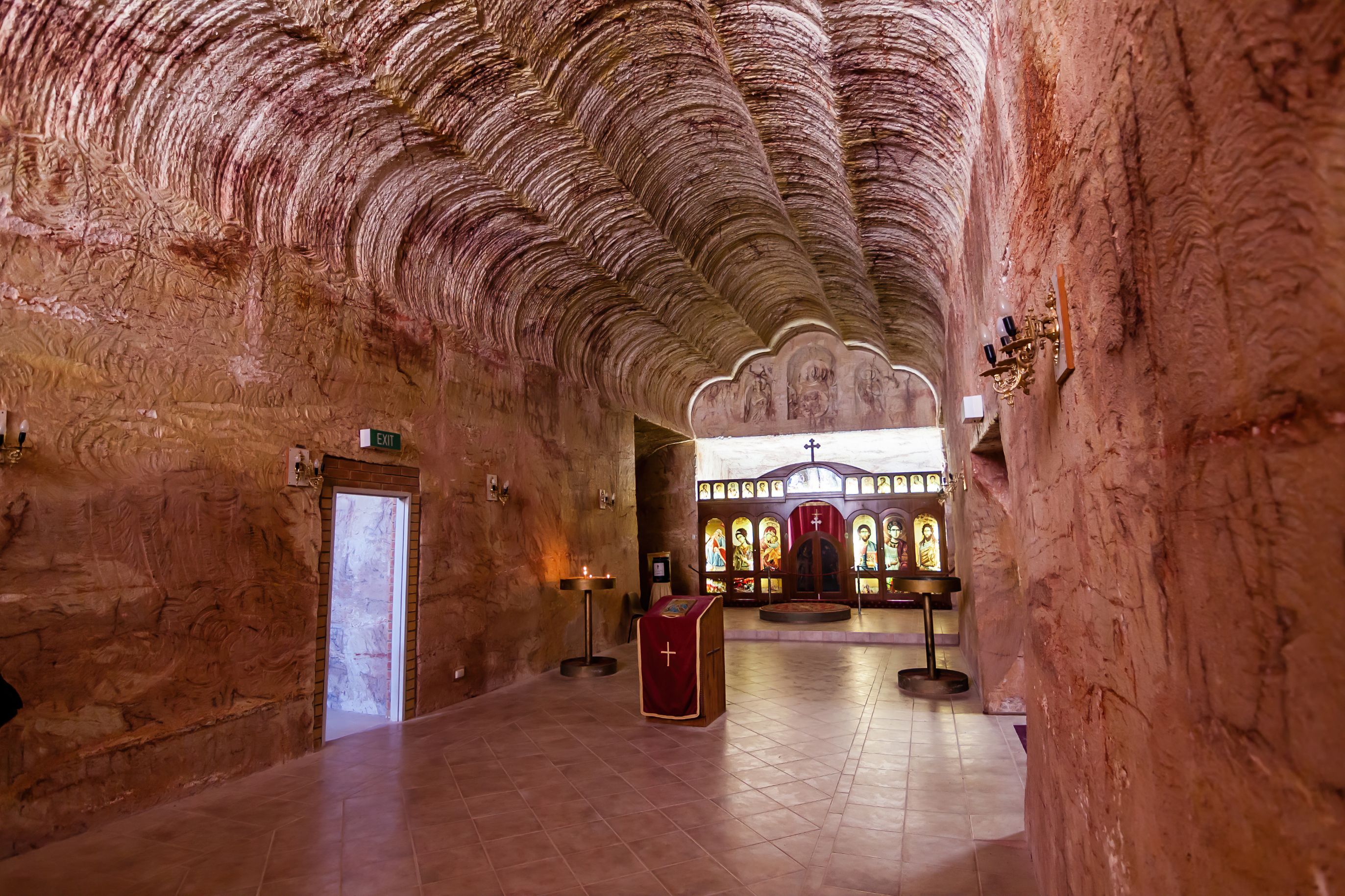In the Australian outback town of Coober Pedy, subterranean living is a practical response to the extreme temperatures. With the global threat of rising temperatures, the concept of underground living is gaining attention, as the constant temperature of the underground environment provides comfort without the expensive cooling costs. This article explores the long history of subterranean dwellings, the modern applications of this unique architecture, and how certain environmental factors must be considered in adopting this lifestyle elsewhere.
Key Points:
- Coober Pedy’s Underground Lifestyle: In Coober Pedy, Australia, around 60% of the population lives in homes built into the sandstone rock, providing protection from extreme heat. It’s not just homes; the town also has subterranean restaurants, shops, and churches.
- Economic and Environmental Benefits: These underground homes are not only affordable but also energy-efficient. Residents can avoid expensive air conditioning as the underground temperature remains constant, and some houses have even been built with renewable energy sources.
- A Long History of Subterranean Living: This lifestyle is not new. The article explores historical examples such as the lost city of Derinkuyu in Turkey and the cave dwellings of Cappadocia, which also utilized underground construction to cope with harsh climates.
- Potential for Wider Adoption: The article questions whether this lifestyle could be a solution to the effects of climate change. However, factors such as rock type, moisture, and regional climate would need to be considered.
- Luxury and Innovation: Beyond basic dwellings, Coober Pedy has seen the development of luxury underground homes, featuring swimming pools and elaborate designs. The town’s soft rock has enabled creative construction, even leading to accidental discoveries of valuable opals during renovations.
Source: https://www.bbc.com/future/article/20230803-the-town-where-people-live-underground






